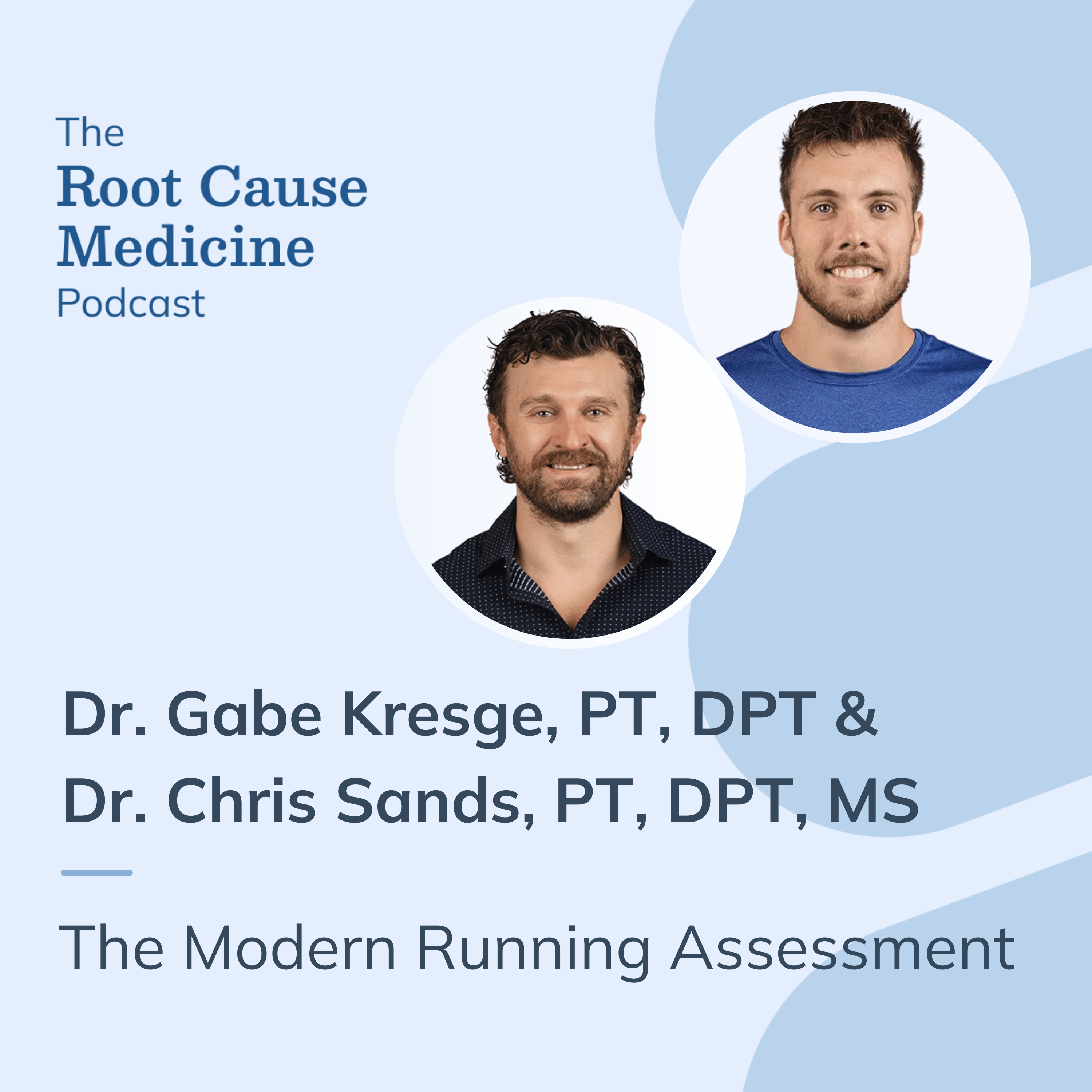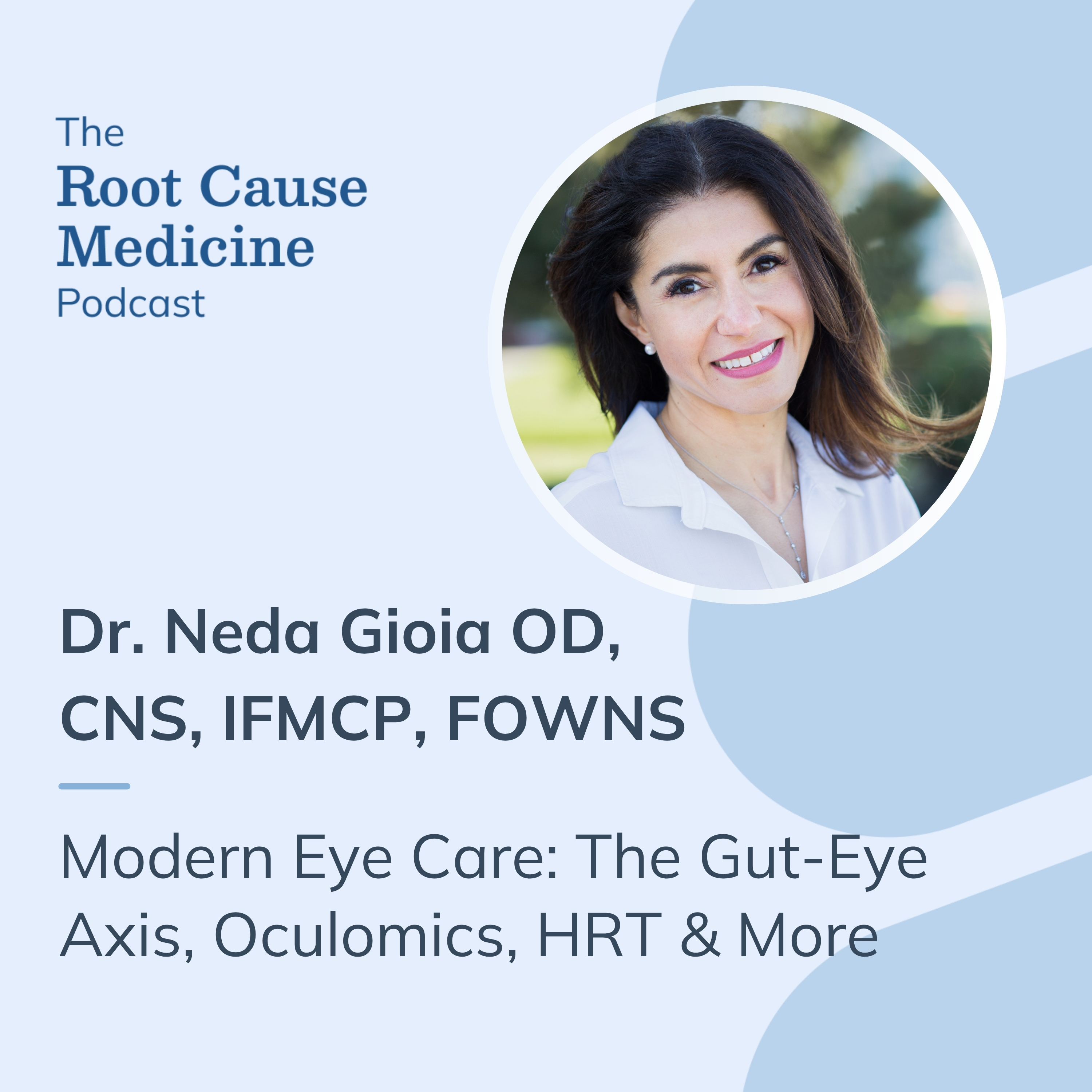A teenage girl presents with frequent nosebleeds, heavy periods, and unexplained bruising. Her labs are unremarkable, and she's been told her symptoms were attributed to normal developmental changes. Still, as a clinician, you know when bleeding patterns merit closer evaluation.
These symptoms may point to an inherited condition that can remain undetected in early stages. According to the CDC, Von Willebrand disease (VWD) is considered the most common inherited bleeding disorder, affecting an estimated 3.2 million Americans.
This article reviews the clinical presentation, diagnostic approach, and management strategies related to von Willebrand disease.
[signup]
What Is Von Willebrand Disease (VWD)?
Von Willebrand disease is associated with a deficiency or dysfunction of von Willebrand factor (VWF), a blood protein that supports platelet adhesion and stabilizes factor VIII in the clotting process. When VWF is absent, reduced, or not functioning effectively, clotting may be impaired, potentially contributing to prolonged or excessive bleeding.
VWD occurs equally between males and females and presents with a wide range of severity. Mild forms are often unrecognized, particularly when symptoms are subtle or situational.
Types of VWD
Von Willebrand disease is classified into three main inherited types. A separate, acquired form may occur later in life due to certain medical conditions.
Type 1 (Partial Quantitative Deficiency)
This is the most common form of VWD, accounting for approximately 80% of cases. It involves a reduced amount of von Willebrand factor in the blood. The factor itself functions normally, but the quantity is insufficient. Symptoms are usually mild and may present during menstruation, injury, or medical procedures.
A subtype, Type 1C, is marked by increased clearance of VWF, which may result in prolonged bleeding.
Type 2 (Qualitative Defect in VWF Function):
Type 2 is defined by impaired VWF function, even when levels are near normal. Symptoms are typically mild to moderate and vary by subtype:
- 2A: Loss of large VWF multimers, reducing clot stability.
- 2B: Increased platelet binding, which may cause thrombocytopenia.
- 2M: Decreased platelet binding despite normal multimer structure.
- 2N: Reduced binding to factor VIII, often resembling hemophilia A in labs.
Type 3 (Severe Quantitative Deficiency)
This is a rare form affecting less than 5% of individuals with VWD. Patients typically have very low or undetectable VWF levels and may also have low factor VIII. Symptoms can include spontaneous joint and muscle bleeds and prolonged bleeding after injury or procedures.
Acquired VWD
Not inherited, acquired VWD may occur in adulthood and is often associated with autoimmune diseases (e.g., lupus), cardiovascular disorders, particular malignancies, or exposure to specific medications.
Symptom presentation may vary and should be evaluated by a healthcare professional.
Symptoms and Diagnosis
Understanding common clinical signs and appropriate diagnostic tools helps guide patient evaluation and care.
Common Symptoms of VWD
Patients with VWD may present with a range of bleeding symptoms. While these may appear nonspecific, they often follow consistent patterns:
- Frequent nosebleeds (more than five per year, each lasting over 10 minutes)
- Prolonged bleeding from minor cuts or injuries
- Easy bruising, with raised bruises larger than a quarter
- History of iron deficiency or anemia, especially without a clear explanation
- Prolonged bleeding after surgical or dental procedures
In menstruating individuals:
- Menorrhagia (changing protection every hour or bleeding lasting longer than 7 days)
- Postpartum hemorrhage following childbirth or miscarriage
These symptoms, particularly in combination with family history, may prompt evaluation by a healthcare provider.
Diagnostic Process
Initial screening labs may include a CBC, which typically shows normal platelet levels in individuals with suspected VWD. A coagulation profile may reveal a prolonged aPTT due to increased degradation of factor VIII, while PT generally remains within normal limits.
Suspected VWD is further evaluated through specialized lab testing that assesses the quantity and function of VWF and related clotting factors:
- VWF Antigen (VWF:Ag): Measures the amount of VWF protein.
- VWF Activity (e.g., ristocetin cofactor assay): Assesses how well VWF binds to platelets.
- Factor VIII Activity: Evaluates levels of factor VIII, which may be low when VWF is deficient or dysfunctional. Levels below 30% support a diagnosis of von Willebrand disease.
- VWF Multimer Analysis: Examines the structure and distribution of VWF multimers to help determine subtype.
VWF levels can fluctuate due to stress, pregnancy, exercise, hormonal changes, or underlying conditions such as thyroid dysfunction. For this reason, tests may need to be repeated, and interpretation should consider these influencing factors.
Treatment Options
Effective management of von Willebrand disease depends on an individualized approach based on the patient's type, symptoms, and bleeding risk. Familiarity with therapeutic options and supportive strategies may support clinical decision-making.
Medications and Therapies
Desmopressin (DDAVP) is often the initial option for many patients, particularly those with Type 1 VWD. It promotes the release of stored von Willebrand factor and factor VIII from endothelial cells, temporarily increasing their circulating levels to support clotting. Patient response varies and should be confirmed with a trial dose.
Patients who do not adequately respond to DDAVP or those with more severe forms, such as Type 3 VWD, may require replacement therapy with plasma-derived or recombinant von Willebrand factor concentrates. These therapies supply the missing or nonfunctional von Willebrand factor.
Adjunctive agents such as antifibrinolytics (e.g., tranexamic acid) may support clot stability, especially for mucosal bleeding, but should be used under professional guidance.
Treatment selection, dosing, and duration should reflect the clinical scenario, including bleeding severity or procedural prophylaxis. Monitoring factor levels during therapy guides dosage adjustments and efficacy assessment.
Lifestyle Recommendations
Lifestyle guidance is an integral part of reducing bleeding risk. Patients should avoid medications known to impair platelet function, such as aspirin and nonsteroidal anti-inflammatory drugs (NSAIDs).
Several herbs and dietary supplements have anticoagulant or antiplatelet properties that may increase bleeding risk in individuals with VWD.
Common examples include:
- Ginkgo biloba (Ginkgo): Inhibits platelet aggregation and may prolong bleeding time.
- Allium sativum (Garlic): Exhibits antithrombotic effects, particularly at high doses.
- Panax ginseng (Ginseng): May interfere with platelet function and interact with anticoagulants.
- Zingiber officinale (Ginger): Inhibits thromboxane synthesis, which can increase bleeding risk.
- Omega-3 fatty acids (EPA): At high doses, they may have mild blood-thinning effects.
- Angelica sinensis (Dong quai): Used in traditional Chinese medicine (TCM). It has coumarin-like compounds that may elevate bleeding risk.
- Tanacetum parthenium (Feverfew): Can affect platelet activity and increase bleeding tendency.
Encourage patients to disclose all supplements and over-the-counter products during routine evaluations. These can influence bleeding risk and may interact with prescribed therapies.
Living with Von Willebrand Disease
Supporting patients in adapting to daily life with von Willebrand disease involves practical strategies to reduce bleeding risks and monitor minor events effectively.
Managing Daily Life with VWD
Patients may benefit from these key recommendations:
- Use protective gear such as helmets or padding during physical activities to prevent injury.
- Avoid contact sports or activities with high injury potential when appropriate.
- Maintain good oral hygiene and schedule regular dental visits to minimize gum bleeding.
- Inform all healthcare providers about the bleeding disorder before medical or dental procedures.
- To support ongoing care, maintain regular follow-ups with healthcare providers, and consider keeping a journal of symptoms, triggers, and bleeding episodes.
- Educate family members and caregivers about the condition and appropriate bleeding management.
- Keep a first-aid kit readily available to manage minor cuts and bruises promptly.
- Apply firm pressure and elevate affected areas when bleeding occurs.
- Encourage carrying medical identification indicating the bleeding disorder.
- Avoid medications and supplements known to increase bleeding risk, as discussed previously.
Special Considerations for Women
Heavy menstrual bleeding is a common challenge among menstruating individuals with VWD. Hormonal therapies may help regulate menstrual flow and reduce bleeding severity. Options typically include combined oral contraceptives or progestin-only treatments, which help stabilize the endometrial lining.
Hormonal therapies may be considered part of individualized treatment plans with guidance from gynecology and hematology specialists.
Emerging Research
Recent studies and clinical trials address the treatment burdens experienced by patients with severe VWD, who often require frequent intravenous factor administration. Current research focuses on extending the half-life of von Willebrand factor and factor VIII, developing subcutaneous options to ease therapy challenges.
Factor VIII mimetics such as emicizumab have demonstrated early success. Clinical trials are ongoing to assess their potential benefits for severe VWD. Additionally, non-factor therapies that enhance the FVIII pathway, including antithrombin and anti-protein C inhibitors, are being investigated as alternative approaches.
Future developments may include synthetic platelet nanobodies that extend VWF half-life up to 10 days, enabling subcutaneous delivery and further reducing treatment burden. These advances may expand therapeutic options and support improved quality of life for patients with severe VWD.
Ongoing research continues to evaluate the safety and efficacy of these emerging therapies.
Frequently Asked Questions
Below are answers to commonly asked questions about von Willebrand disease.
What causes von Willebrand disease?
Most cases are inherited, resulting from genetic variations that affect the amount or function of von Willebrand factor (VWF). In rare instances, an acquired form may develop with conditions such as autoimmune disease, cardiovascular issues, certain cancers, or specific medications.
Can von Willebrand disease be cured?
There is no known cure. However, individualized management strategies can help reduce bleeding risk and support quality of life. These strategies are selected based on the type and severity of VWD and patient-specific factors.
How do I know if I have von Willebrand disease?
Ongoing or unexplained bleeding symptoms may suggest the need for further evaluation. A thorough personal and family bleeding history, followed by specialized blood testing, can help determine VWF levels and function. Diagnosis is made based on test results and clinical context.
[signup]
Key Takeaways
- Von Willebrand disease results from a deficiency or dysfunction of von Willebrand factor, leading to varied clinical presentations. Thoroughly evaluating subtypes and diagnostic methods is essential to guide individualized management strategies.
- Ongoing research is expanding treatment options, especially for severe cases, focusing on reducing treatment burden and enhancing patient quality of life.
- Stay informed about advances in VWD research and treatment options to adapt care approaches as new evidence emerges.












%201.svg)







